Best Miller Blade: What Techniques Ensure Optimal Visualization?
May 15, 2024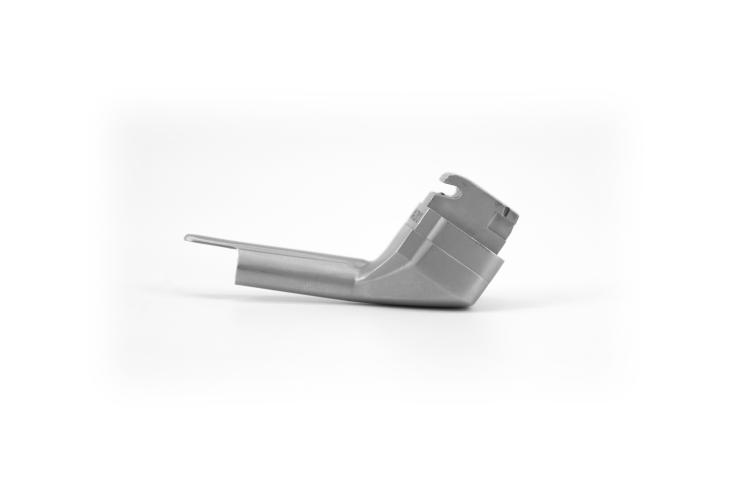
The Miller Blade, a fundamental tool in airway management, stands as a stalwart companion to anesthesiologists and emergency medical professionals alike. Crafted with precision, it boasts a slender, straight design, diverging from the curvature of its counterpart, the Macintosh blade. The Miller Blade primarily facilitates visualization and manipulation of the epiglottis during intubation procedures. Its distinguished features make it a valuable asset in scenarios demanding a meticulous approach to securing the airway.
Advantages of the Miller Blade
1.1 Enhanced Epiglottis Visualization
One of the paramount advantages of the Miller Blade in its ability to provide superior visualization of the epiglottis. Its straight design offers a clear line of sight, minimizing the obstruction caused by surrounding anatomical structures. This feature proves especially beneficial in patients with limited mouth opening or those with anatomical variations, where maneuverability within the oropharynx may be challenging.
1.2 Precise Instrumentation
The slender profile of the Miller Blade allows for precise manipulation of the epiglottis and surrounding tissues. This level of control is particularly advantageous in situations requiring delicate maneuvers, such as in pediatric patients or those with cervical spine precautions.
1.3 Reduced Dental Trauma
Compared to the Macintosh blade, the Miller Blade poses a lower risk of dental trauma during intubation. Its straight design minimizes the need for excessive force or angulation, thereby reducing the likelihood of inadvertent contact with the teeth or soft tissues of the oral cavity. This feature is especially pertinent in patients with fragile dentition or those undergoing repeated intubation attempts.
Clinical Applications of the Miller Blade View Latest
3.1 Pediatric Intubation
In pediatric patients, where airway anatomy differs significantly from adults, the Miller Blade is often preferred due to its slender profile and enhanced maneuverability. The ability to precisely lift the epiglottis without applying excessive force reduces the risk of trauma and ensures a smoother intubation process in this vulnerable population.
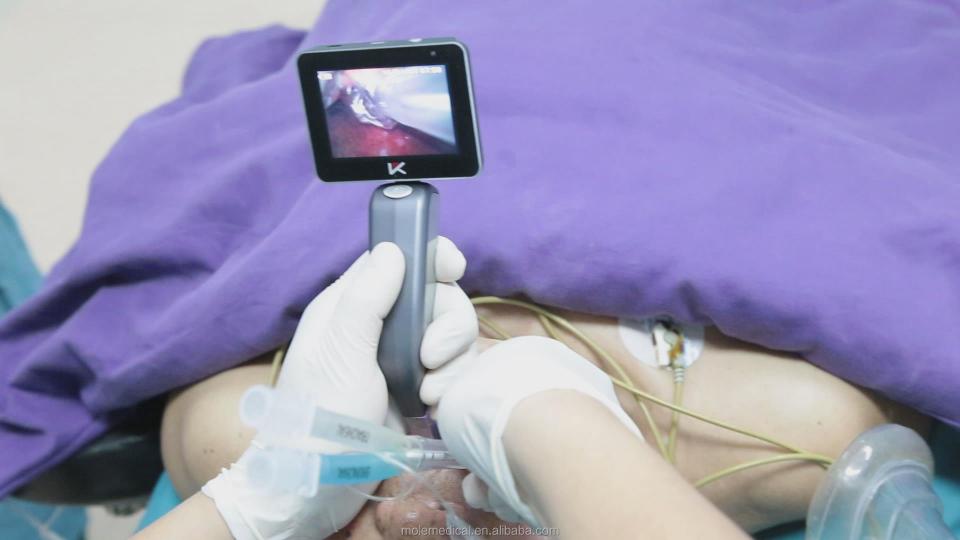
3.2 Limited Mouth Opening
Patients with limited mouth opening, either due to temporomandibular joint dysfunction or anatomical variations, present a challenge for airway management. The Miller Blade design allows for effective visualization of the epiglottis without requiring extensive mouth opening, making it a suitable choice in such cases.
3.3 Contraindications and Considerations
Despite its versatility, there are certain contraindications and considerations to keep in mind when using the Miller Blade. Patients with a known or suspected difficult airway may benefit from alternative laryngoscope blades better suited to their anatomical characteristics. Additionally, practitioners should exercise caution when using the Miller Blade in patients with cervical spine instability or severe airway edema, as its straight design may impede optimal visualization in these situations.
Mastering the Miller Blade View Latest: Techniques and Tips
4.1 Positioning and Insertion
Proper positioning of the patient is crucial for successful intubation using the Miller Blade. The head should be placed in the sniffing position, with the neck slightly extended and the head elevated on firm support. This alignment optimizes the alignment of the oral, pharyngeal, and laryngeal axes, facilitating easier insertion of the laryngoscope blade.
Once the patient is appropriately positioned, the Miller Blade is inserted into the mouth along the right side of the tongue, avoiding contact with the teeth or soft tissues. Care should be taken to avoid excessive force during insertion, as this can cause trauma to the oral cavity or laryngeal structures.
4.2 Manipulation and Visualization
As the Miller Blade is advanced along the floor of the mouth, the tongue is gently depressed to visualize the epiglottis. With careful manipulation, the tip of the blade should be positioned posterior to the epiglottis, allowing for precise elevation and exposure of the glottic opening.
When lifting the epiglottis, it is essential to use controlled, upward pressure to avoid causing trauma or displacing the airway structures. The Miller Blade straight design provides a clear line of sight to the vocal cords, facilitating accurate placement of the endotracheal tube.
4.3 Troubleshooting Common Issues
Despite meticulous technique, practitioners may encounter challenges during intubation attempts with the Miller Blade View. Common issues include difficulty visualizing the epiglottis, encountering resistance during blade insertion, or encountering anatomical variations that impede proper blade placement.
In cases of poor visualization, adjusting the position of the patient’s head or repositioning the blade may improve the view of the glottic opening. If resistance is encountered during blade insertion, gently withdrawing the blade and reassessing the patient’s positioning can help alleviate obstruction. For anatomical variations such as a large tongue or a prominent uvula, gentle manipulation and retraction of the soft tissues may improve exposure of the airway structures.
Maintenance and Care of Miller Blade View Latests
5.1 Cleaning and Sterilization
Proper cleaning and sterilization of Miller Blade is essential to prevent cross-contamination between patients and maintain optimal performance. After each use, the blade should be thoroughly cleaned with a mild detergent and warm water to remove blood, secretions, and other debris.
After cleaning, the blade should be sterilized by immersing it in disinfectant solution. It is important to ensure that the blades are completely dry before storage to prevent the growth of bacteria or mold.
5.2 Regular Maintenance
In addition to routine cleaning and sterilization, Miller Blade require regular maintenance to ensure longevity and optimal performance. Inspecting the blade for signs of wear or damage, such as bent or dull edges, is essential to identify any issues that may compromise its efficacy.
Blades should be stored in a dry, clean environment away from direct sunlight or extreme temperatures.
Categories
Latest Articles
Clinical comparison of foreign body removal procedures using rigid bronchoscopy, fiberoptic bronchoscopy, and flexible electronic bronchoscopy
Bronchial foreign bodies are a common emergency in pediatrics. Clinically, bronchoscopy techniques are typically used to remove the foreign bodies. Currently, the three main bronchoscopy techniques each have their own characteristics, and among them, the flexible bronchoscopy shows unique clinical value in pediatric patients. This article conducts a clinical application analysis of all three bronchoscopy ... Read more
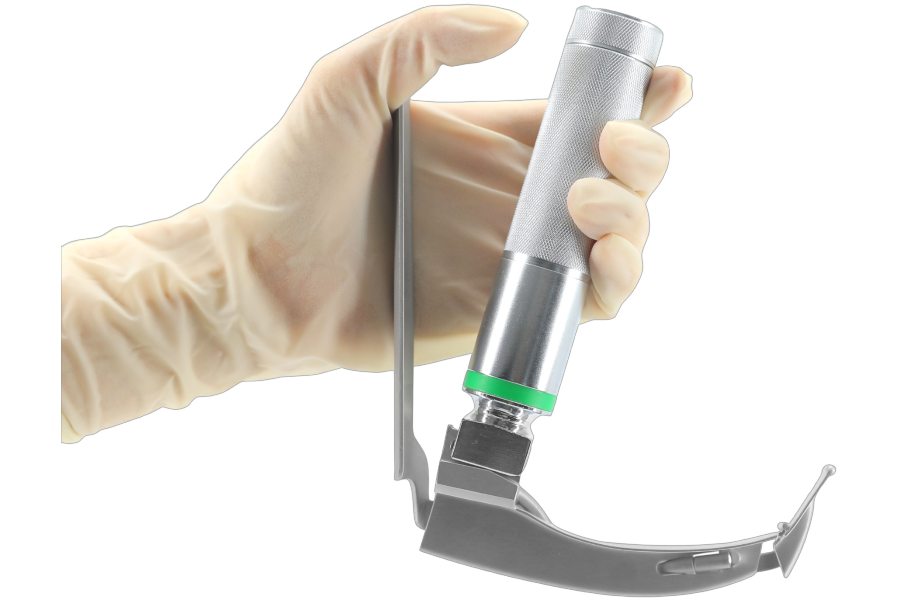
How Fibre Optic Laryngoscopes Improve ENT Procedures
In modern ENT procedures, precision and visibility are key. That’s where the laryngoscope fibre optic technology comes in. Unlike traditional tools, these advanced devices use fibre optics to provide a clear, well-lit view of the throat and vocal cords. This means doctors can see more and do more—with less risk to the patient. But how ... Read more
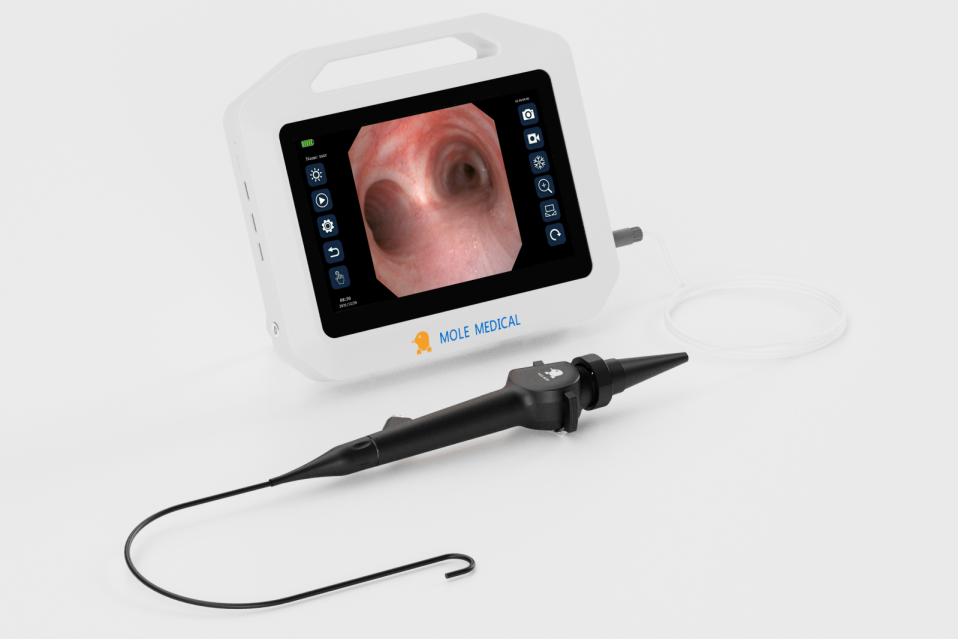
Flexible Laryngoscopy: A Clearer Voice for Quicker Diagnoses
Flexible Laryngoscopy is a powerful tool that helps ENT specialists do just that. It uses a thin, flexible scope to view the throat, vocal cords, and airway in real-time. The procedure is quick, non-surgical, and performed right in the clinic. For patients with voice changes, chronic cough, or throat discomfort, this method offers fast answers ... Read more
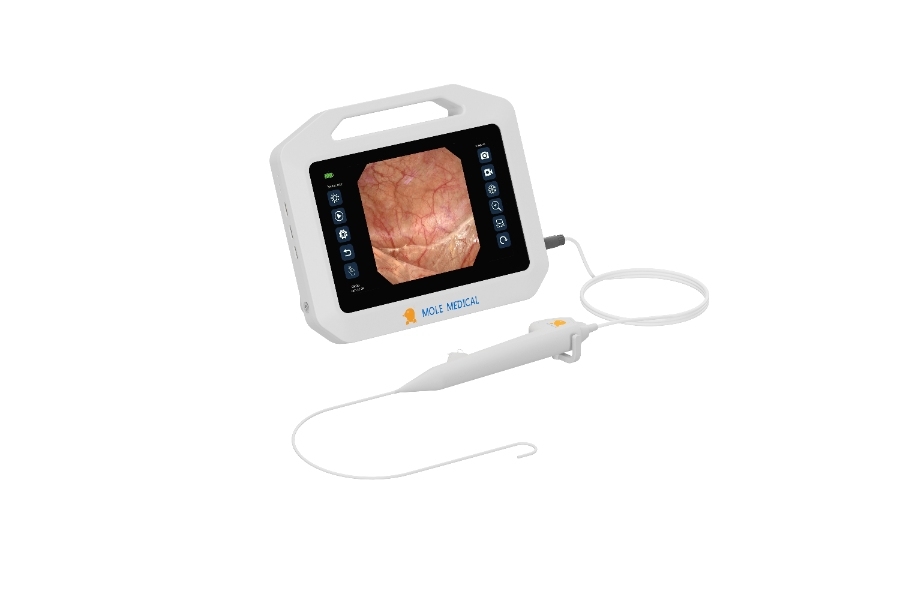
Smart Solutions in Ureteroscopy: Mole Medical’s Disposable Flexible Scope vs Karl Storz Legacy
In the field of urology, the name “ureteroscope Karl Storz” has long stood for precision and reliability. As a global leader, Karl Storz has set the standard for reusable ureteroscopes. But now, a new contender is entering the spotlight. Jiangsu Mole Medical, a national high-tech enterprise, is challenging the status quo. With a focus on ... Read more
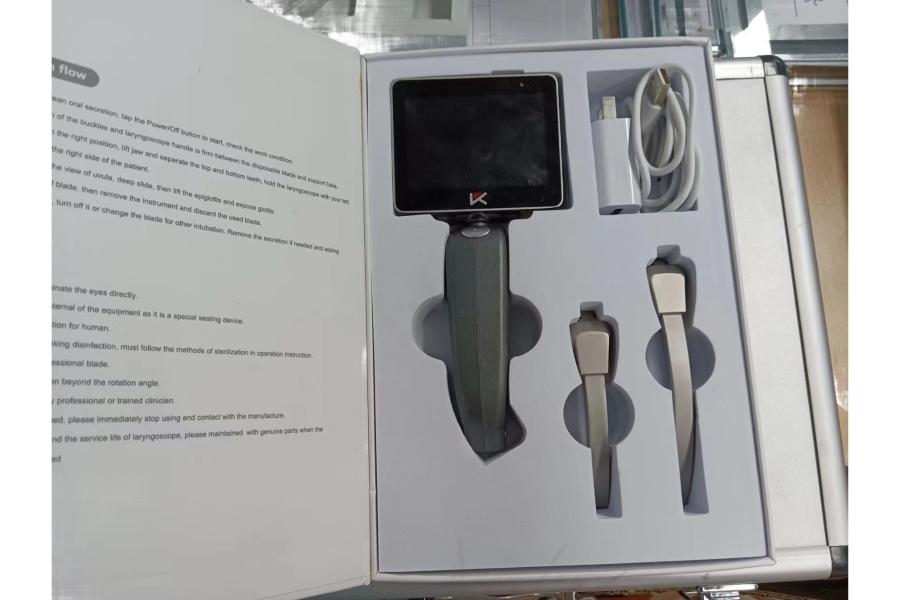
Behind the Scenes with Mole Medical: Inside the World of Leading Video Laryngoscope Manufacturers
In the fast-evolving medical device industry, video laryngoscope manufacturers play a key role in advancing patient care. Mole Medical stands out not just for its products, but for what happens behind the scenes. What makes this company different? Why do so many professionals trust its solutions? One reason is speed. Mole Medical has an R&D ... Read more



